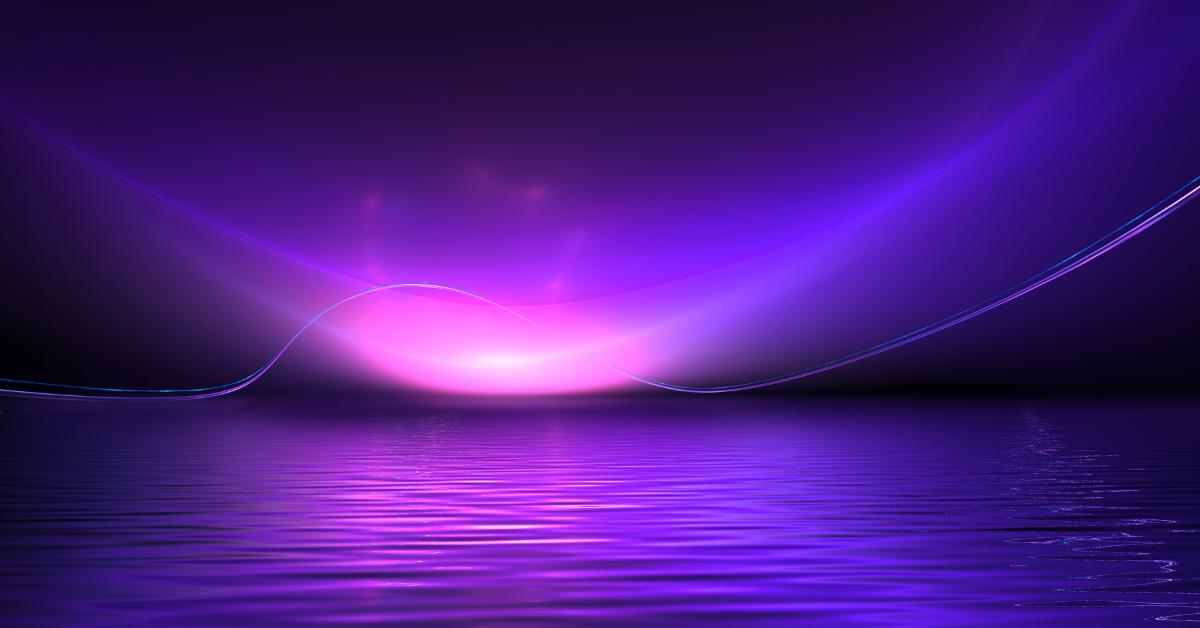Jujutsu Kaisen has not only captured global attention, but in Japan, it has become a cultural milestone. Blending folklore with modern themes, it resonates deeply with Japanese viewers across generations. Its presence in mainstream media and everyday life highlights its profound cultural integration.
Mainstream Popularity Across Japanese Audiences
Since its debut in Weekly Shonen Jump, Jujutsu Kaisen has earned massive traction across multiple age groups. Its anime adaptation by MAPPA further amplified this success, achieving high viewership on major Japanese television networks such as MBS and TBS.
Key milestones in Japan
| Year | Event | National Impact |
|---|---|---|
| 2020 | TV anime aired | Ranked among top-watched anime |
| 2021 | Jujutsu Kaisen 0 released | Grossed over 13.7 billion yen |
| 2022 | Manga volumes exploded | Over 70 million copies in circulation |
What makes this success noteworthy is not only its popularity among young viewers, but also its crossover appeal into mainstream pop culture. The series is often referenced in variety shows, fashion collaborations, and public advertisements, reflecting deep societal penetration.
Cultural Elements Deeply Rooted in Japanese Identity
A major reason behind Jujutsu Kaisen’s domestic impact is its grounding in familiar folklore and spiritual practices. Themes such as curses, exorcism, and the supernatural mirror traditional beliefs, adding authenticity and emotional depth.
Traditional connections
| Element | Cultural Significance |
|---|---|
| Noroi (Curses) | Reflects historical fear and spiritual belief |
| Shikigami (Summoned spirits) | Derived from onmyodo practices |
| Shrine imagery | Mirrors real-life religious architecture |
| Battle locations | Set in urban Japan, creating familiarity |
The clever blending of ancient motifs with modern settings makes the show accessible while also spiritually evocative. Japanese audiences respond not just to action, but to this layered cultural backdrop that feels distinctly native.
Character Popularity and Emotional Engagement
Characters like Gojo Satoru, Megumi Fushiguro, and Nobara Kugisaki dominate fan polls and merchandise sales. In particular, Gojo’s blend of overwhelming strength and humor has created a near-legendary status, making him one of the most iconic figures in recent anime history.
Japanese fans regularly engage through social media, trending hashtags during new episode releases and celebrating character birthdays with fan art and live discussions.
Fan engagement trends
| Character | Fan Reaction | Cultural Tie-in |
|---|---|---|
| Gojo Satoru | Ranked top in polls | Fashion and memes |
| Yuji Itadori | Deep emotional arc | Discussion on morality |
| Sukuna | Villain appeal | Draws parallels to yokai |
The resonance of these characters lies not just in design or combat skills, but in emotional conflicts that mirror real-world dilemmas: loss, responsibility, fear, and courage.
Critical Voices and Diverse Opinions
While most feedback in Japan is positive, Jujutsu Kaisen has faced constructive criticism from parts of the fandom. Some express that recent plot arcs have become dense and harder to follow, particularly with complex lore involving cursed energy and clan politics.
This has led to a split among viewers: some praise the ambitious direction, while others call for a return to earlier, more accessible narratives. However, this divide highlights how emotionally invested the audience is, often engaging in lengthy debates across forums and blogs.
Despite occasional criticism, there is no evidence of a significant drop in popularity, suggesting that the series retains its momentum.
Impact on Industry, Fashion, and Local Tourism
Jujutsu Kaisen has left a clear mark on Japan’s creative industries. Its influence extends beyond TV and manga, shaping merchandising strategies, animation expectations, and even tourism.
Broader cultural impact
| Area | Example | Result |
|---|---|---|
| Fashion | Collaborations with streetwear brands | High sell-out rates |
| Music | Opening/ending themes chart in Japan | Mainstream airplay |
| Animation | MAPPA’s fluid battle scenes | Raised industry benchmark |
| Tourism | Real-world parallels to anime locations | Spike in local visits |
This mix of commercial and artistic influence places Jujutsu Kaisen in a rare position—both a fan favorite and a cultural driver.
Comparative Position Within the Shonen Genre
Within Japan, Jujutsu Kaisen is often compared to fellow heavyweights such as Demon Slayer and My Hero Academia. While Demon Slayer is viewed as emotionally uplifting and visually poetic, Jujutsu Kaisen is appreciated for its darker tone and psychological weight.
Genre comparisons
| Series | Domestic Appeal | Tone |
|---|---|---|
| Demon Slayer | Emphasis on family and tradition | Emotional, vibrant |
| My Hero Academia | Growth and teamwork | Optimistic, energetic |
| Jujutsu Kaisen | Philosophical themes, curses | Dark, complex |
This differentiation helps explain why Jujutsu Kaisen appeals strongly to older teens and adults, even more so than to children.
Conclusion
Jujutsu Kaisen’s acclaim in Japan is built on more than animation and action. It succeeds because it resonates with cultural memory, spiritual tradition, and current societal themes. Its complex narrative structure challenges viewers while rewarding them with depth and nuance.
The series has not only shaped media consumption patterns but has also influenced how young people talk, dress, and relate to moral dilemmas. From Shibuya’s streets to online message boards, Jujutsu Kaisen continues to be a defining voice in Japan’s entertainment era.






